16 of the best Facebook ad examples that actually work (and why)
On average, Facebook is home to over 3.35 billion daily active users — from CEOs to students to your favorite brands. It’s an absolutely massive audience, but it can get tricky when it’s time to start connecting with them.

On average, Facebook is home to over 3.35 billion daily active users — from CEOs to students to your favorite brands. It’s an absolutely massive audience, but it can get tricky when it’s time to start connecting with them.
From personal experience — ads I’ve run myself and worked with clients to develop, we’ve learned that organic reach doesn’t cut it. These Facebook ad examples do a great job of drawing attention (and conversion).
But, before you invest in promotional content, know this: You need a Facebook ad budget and the strategy to use it effectively.
I’ll show you how to make a great ad to achieve these goals through the best Facebook ad examples and practices we’ve seen yet.
Table of Contents
- Do Facebook ads work?
- Best Facebook Ad Examples
- How do Facebook Ads work?
- Facebook Ad Formats
- Facebook Ad Placements
- Facebook Ad Templates
- Facebook Ads Best Practices
- Facebook Ad Resources
Do Facebook ads work?
Yes, Facebook ads work because of their high level of audience targeting, the number of users on the platform, and analytical insights. Through successful experimentation combined with good strategy, brands can see a positive return on investment from Facebook ads.
In fact, Facebook was the #1 platform most marketers indicated they felt “Very Comfortable” using when surveyed for our Social Media Trends Report. Of interest, 81% of marketers felt either “Very comfortable” or “Somewhat comfortable” using Facebook, and just 8% felt either very or somewhat uncomfortable.
So, what does optimized Facebook advertising actually look like? To gain some inspiration for your next Facebook ad campaign, take a look at our list of the best Facebook ad examples from across industries.
Featured Resource: 50 Amazing Facebook Ad Examples
See these best practices in action with our collection of 50 Facebook Ad Examples from real businesses that we admire.
1. Anabei
Photo Ad

This Facebook ad is perfect, if like me, you have kids or dogs who make messes #allthetime. Washable, with smooth lines, who wouldn’t want it?
More than that, I love the simplicity of this Facebook ad example. While so many brands go for high-gloss videos, I love how this one stands out with a muted color palette and a single photo. It’s calm in a sea of chaos — which, if you’ve seen my living room, is exactly what I need.
Why This Ad Works
- It’s visual. The image in the ad clearly demonstrates what the product is and the colors it comes in.
- It’s relevant. This brand has taken over my feed, and with the dogs, cat, and kids, I absolutely want a washable couch.
- It’s valuable. Between the low starting price, the Earth Day sale of 60% off, and the idea of enjoying forever, I’m almost sold.
- It has a solid call-to-action (CTA). In addition to 30-day free returns and all the features in the ad, it’s easy to start shopping with a “Shop now” button.
2. Lume Deodorant
Video Ad
Some Facebook ad examples make you stop scrolling. This one by Lume Deodorant made me stop, laugh, and click. The company leads with what looks like an apology letter about a juicy mistake. (As in settle in with a bucket of popcorn.)
Surprise! I love that it’s actually about free shipping for EVERY order. The bright visuals backed by the video of product photography make it stand out from other stuff on your feed. It earned my attention, and the “Get Offer” CTA makes it ridiculously easy to say yes.
Why This Ad Works
- It’s visual. The vibrant, purple hues of the text, packaging, and “apology text” make you want to engage. This ad makes you feel better about a topic that doesn’t always feel so good (sweating) by making you feel confident in your antiperspirant protection.
- It’s relevant. My dad used to say, “After 3 days, leftovers and visitors smell.” The same is true for any of us who forgo showers. Unless, of course, you use Lume.
- It’s valuable. Knowing where other organic deodorants fall short, Lume positions their brand without those drawbacks, and they do it in a clever and engaging way (the song).
- It has a clear CTA. The end of the photo ad prompts the user to click “Get Offer” to shower fresh without the shower.
3. Kay Jewelers
Video Ad

This Facebook video ad from Kay Jewelers tells a quick but moving story — something Kay Jewelers is well-known for — using just a few seconds of your time. You don’t even need the sound on in the video above to know what’s happening and the message Kay is sending. And according to our recent State of Marketing Report, short-form video is the most popular content used by marketers.
If you’re advertising a product with sentimental value, like Kay Jewelers, video ads are the way to go. Just be sure your video has a clear (and happy) ending — people view videos more passively on Facebook than they would on YouTube, and don’t have time to interpret your ad if it’s too long or complex.
Why This Ad Works
- It’s visual. Even though this is a video, I have a general idea of what I will be watching, thanks to the screen capture it started with. Additionally, I can understand the gist of this ad without playing with the sound on, which is important given that many users silence their audio.
- It’s relevant. It’s relevant to me because I was recently scouring jewelry websites, specifically for necklaces like the one in the ad.
- It’s valuable. Kay shows potential customers the value of purchasing with the help of the happy reaction from the woman receiving the gift in the ad. Plus, who doesn’t love dogs?
- It has a solid CTA. This ad is set up to drive Page Likes, which is an easy, one-click way for me to get more relevant content served up to me.
4. Monday.com
Video Ad
Monday.com is a task-management tool that caters to multiple operating systems, both desktop and mobile, making it a popular choice.
This Facebook ad example captures attention with a silly llama singing “We Found Love” (originally by Rihanna), interspersed with people in an office expressing frustration at how annoying it is to continually get new platforms. As the ad progresses, the llama joins the office workers and listens in as they share their surprise and delight about how easy it is to use.
Why This Ad Works
- It’s visual. Between the pink and purple llama and the people talking, it’s easy to get drawn into the story.
- It’s relevant. It taps into people’s biggest frustrations with all of the online platforms out there.
- It’s valuable. The ad calls attention to how well Monday’s AI works to simplify people’s jobs and create reports quickly.
- It has a clear CTA. The “Start your free account today” CTA at the bottom of the ad is a clear invitation to dive in and experience it for yourself.
5. Amazon
Event Ad

This is a Facebook ad example from Amazon that works well on a few different levels: A sample product is clearly displayed, the ad shows an impressive (but honest) rating of that product, and you know which event Amazon is promoting right away — their Spring Amazon Haul sale.
Ecommerce companies like Amazon use event ads to boost sales at specific points during the year, and Facebook event ads make this easy. When investing in event advertising, build a list of the holidays, shows, conferences, and awareness months your business cares about. That way, you know exactly which market campaigns line up with these occurrences and when to promote them on your Facebook Business Page.
Why This Ad Works
- It’s visual. Not only is this image larger than the right column ad display, but it also uses bright colors and color blocking to create visual interest.
- It’s relevant. As a mom always looking for little gifts for my kids, it caught my eye.
- It includes an enticing value prop. Who doesn’t want tchotchkes for as low as $2.99?
- It has a clear CTA. Amazon instructs me to find new faves for way less, which makes it easy to say yes to and click!
6. Universal Yums
Photo Ad

I love this photo ad by Universal Yums. It’s visually appealing and filled with colorful snacks that I’d love diving into. I thought the treats in bowls were a nice touch.
In your next Facebook photo ad, play around with live-action photography and digital design in the same image. As you can see in the ad above, Universal Yums was able to design a vibrant “free trial” icon right on top of an image that would’ve worked just as well on its own.
Why This Ad Works
- It’s visual. The image shows you exactly what you’re getting, and it calls out the cost and specific details.
- It’s relevant. Everyone likes to snack. In all seriousness, the person who saw this is a fan of several lifestyle subscription companies, which is what Universal Yums is.
- It’s valuable. This ad is full of value — you get to try foods from a different country and experience a great aspect of travel — eating.
- It has a clear CTA. Universal Yums is making it easy to dive in with “Shop Now.” It couldn’t be easier to know your next step.
7. Winc
Retargeting Ad

Here’s an example of a short and sweet (literally) retargeting ad from Winc (formerly known as Club W). This ad is displayed on the right column of Facebook specifically for users who browse wine-related content online. When your ad caters to people who you know would be interested, modeling the product the way Winc does above can be a home run for your brand.
Why This Ad Works
- It’s visual. The visual is clear, simple, and appealing to all types of wine lovers.
- It’s relevant. This came up in my wine-obsessed colleague’s News Feed. Need I say more? Two thumbs up on relevance.
- It includes an enticing value prop. Three bottles for $19? What a steal. They also pull the viewer in with an additional value: a discount on their first order of wine.
- It has a strong CTA. The word “get” is strong call-to-action language, and it’s used twice here. A time limit on this offer would have made it even stronger.
8. Shutterfly
Multi-Product Ad

This is one of my favorite Facebook ad examples for showcasing multiple offers in one scroll. Shutterfly nails the multi-product format here — each card speaks to a slightly different moment (graduations, celebrations, photo gifts), but it all still feels cohesive and on-brand.
Personally, I’m a sucker for sentimental gifts. Just check my gift cabinet for little things I can share with people (or my kids), when the time comes. The consistent colors, the cupcake visuals (don’t even get me started on the nom-nom factor), and the 50% off? All wins. It’s the kind of ad that makes you click before you realize what you’re doing.
Why This Ad Works
- It’s visual. This series of images leans on a consistent color palette, making it feel both cohesive and on-brand. And the cupcakes? Not sure they were the point, but I’d click for those alone.
- It’s relevant. The person who saw this loves taking photos of life events like graduations and creating sentimental gifts from these moments. Spot on, right?
- It’s valuable. There is a clear value for the user: 50% off each of the products being advertised. The sale details aren’t stated, and it only alludes to a fastly approaching end date, but this also encourages users to click through to the website in order to find this information. This ad also has an added level of value as it shows the many different ways people can create grad cards and gifts using Shutterfly, in ways many may not be aware of.
- It has a clear CTA. I know I only have “limited time” before this deal expires, so I would be encouraged to take action right away.
9. MU Campus Dining
Reach Ad

This Facebook Reach ad from Mizzou Campus Dining promotes amenities at the University of Missouri, using two familiar logos and a marketplace that anyone on campus might recognize.
The ad copy beneath the image invites customers in “after the game” — a reference to campus life that helps Facebook users imagine when they might want to stop in for a sandwich.
Why This Ad Works
- It’s visual. This image has college pride, a variety of salty and sweet treats, and a well-known logo to attract hungry college students.
- It’s relevant. This ad is likely only being shown to students on campus who are in its target audience. It also mentions the sports game that was going on at the time and plays to the students’ current needs: snacks and Subway sandwiches.
- It’s valuable. Mizzou Market is telling hungry college students that it has everything students need for the big game.
- It has a clear CTA. This ad has the option to show directions, making it extremely easy for a college student on the go to follow the walking directions to this market.
10. Planet Fitness
Offer Ad

Everything’s better with a friend. While I’ve seen all kinds of stats on accountability, this ad makes working out with a friend look like fun. The ad copy even uses a delightful made-up word — “glowtivated” — to show off just how much fun it is.
Planet Fitness is known for its low-cost memberships, and this ad highlights fitness, fun, and friends for a super low cost.
This Facebook offers ad makes it obvious what customers would be signing up for when they click the “Sign Up” CTA button below the picture. Offer ads can easily mislead viewers into pressing their CTA just to get them to click on it, but it ultimately doesn’t convert viewers into customers. The Planet Fitness approach above is clear and upfront about what it’s offering throughout its conversion path.
Why This Ad Works
- It’s visual. The featured photo uses bold colors and clear typography to draw my attention to the details of the offer, and the woman exercising gives me an idea of what I could gain from purchasing the offer.
- It’s relevant. Every year, Americans make resolutions to get healthy — me included. And this shows how you can do it super affordably when everything else is getting more expensive.
- It’s valuable. Even though the price may increase in the future, the low price definitely makes me want to click.
- It has a clear CTA. The CTA emphasizes that the discount offer is limited and should be claimed quickly using the word “hurry” and telling me when the offer expires.
11. Allbirds
Video Ad

This video ad by Allbirds, a shoe maker, uses simplicity and whitespace to its advantage. The video only lasts nine seconds, but Allbirds demonstrates the product in a way that catches your attention and resonates with the individual wearer.
There’s a lot of ad content on Facebook, and when Facebook users scroll through their News Feeds, that content starts to blend together. Sometimes your best chance at sticking out on Facebook is by using subtle movements and details — like Allbirds did, above. Let every other video on Facebook be quick and flashy, and yours will be a breath of fresh air to your audience.
Why This Ad Works
- It’s visual. The video has a clear focus on a subject, and that subject is engaging in a movement that means something: These shoes are comfy. I subconsciously started wiggling my own toes when I saw this ad for the first time.
- It’s relevant. I’m always interested in finding new shoes — I probably search or click on something related to footwear once a week. This ad feeds that interest in a unique way.
- It’s valuable. The opening quote above the video is reason enough for me to want to learn more about why these shoes are so comfortable. Allbirds also sweetens the deal with “free shipping,” “free returns,” and a note below the video that the product is “machine washable” — all without taking the focus away from the video itself.
- It has a clear CTA. If I want these shoes, there’s a “Shop Now” CTA button to the bottom-right of the ad, waiting for me to take a closer look at them.
12. The New York Times
Photo Ad

This photo ad by The New York Times is driving traffic to a written article with an intriguing illustration. The drawing literally depicts the article’s ideal audiences — working men and women raising children. For parents who are even a little interested in understanding burnout and mental health, this image (along with the statistically backed report in the headline) clearly shows a tired mom trying to catch some rest with her children.
When publishers advertise on Facebook, they need to connect with their audience through featured images that evoke emotion. If their main product is a reading experience, the photo they choose has to complement their written content perfectly. I think The New York Times’ ad above is an example of photo ads done right.
Why This Ad Works
- It’s visual. This ad is emotionally impactful. If you have not been a tired, working parent, then you have seen them, and that sight can make you feel immense compassion towards them. By including a visual that makes a user care enough about the ad to read it and click through, NYT is accomplishing the goal to which every ad aspires.
- It’s relevant. Especially these days, with parents who work remotely and must balance work and personal life within the same space, the topic is incredibly relatable. This is an article I would personally be interested in reading, and it helps that the ad appears like a native post promoting an article in my News Feed.
- It includes an enticing value prop. The ad states that you can find help if you recognize the signs of parental burnout, which can feel like being tossed a life jacket, especially to the parents reading the report. This social proof makes you more likely to click and read the article.
- It has a clear CTA. This ad is dedicated to helping parents make sense of the signs and get help for their fatigue, so by encouraging parents to ”Learn More,” the call-to-action makes you want to click the article to finally find answers.
13. TidalWave Music Festival
Event Ad

When it comes to Facebook ad examples for events, TidalWave Music Festival gets it right. The date, the location, the urgency — it’s all there. You know exactly what you’re getting. But it’s the vibe that really sells it.
The cresting waves and blue and purple colorful palette — it’s one of those ads that makes you think, “I need to be there.” And that CTA? I’m so in and ready to shop!
Why This Ad Works
- It’s visual. The image is stunning and a scroll-stopper, encouraging viewers to actually stop and read it.
- It’s relevant. The person who saw this ad is a fan of Jason Aldean and has been to his concerts before. They’re also originally from Atlantic City, which is where this event takes place.
- It’s valuable. A three-day music festival on a beach? Count me in. For people looking for a great way to end their summer, I think this ad offers a tempting option.
- It has a clear CTA. The CTA is clear: “Shop Now.” The advertisers also add urgent wording with the headline “Only GA Passes Remain!”, encouraging you to purchase your ticket now before it’s too late.
14. Greenlight
Retargeting Ad
I’m always looking for ideas to do things for and with my kids, and I’ve researched chore trackers and calendars like Skylight quite a bit in the past. Greenlight appeared in my feed, and I’ve definitely looked at it in the past. I’m absolutely the target market.
Retargeting ads enable you to get in front of those viewers who are already looking for what you’re offering. This retargeting ad by Greenlight doesn’t just show me what I’m in the market for — it gives me ideas for teaching our kids how to be more responsible.
Why This Ad Works
- It’s visual. The happy girl in the video behind the debit card clues me in that this is designed to nurture happy kids.
- It’s relevant. At this point, there’s no one on the planet who doesn’t know how much I adore my kids. So I’m definitely the target audience.
- It’s valuable. Kids who don’t whine about chores and WANT to do them? Sold!
- It has a clear CTA. The CTA is “Sign Up,” which encourages me to click to get started.
15. Bustle
Boosted Post

Here’s an example of a boosted post from Bustle, which promoted one of its articles on Facebook. Paying to “boost” a post you already posted organically to your Facebook Business Page can greatly benefit content that has mass appeal, versus a post that targets a specific segment of your audience. Bustle’s choice of a boosted post here falls into that first category.
From Amazon’s vibrant neon sign in the photo to the high number of examples included in the article (42, to be exact), Bustle’s boosted ad is sure to pique the interest of many Amazon and Bustle followers.
Why This Ad Works
- It’s visual. Lots of people are familiar with the Amazon Prime logo, but not in neon lights in a window display. It made me do a double-take while scrolling through Facebook.
- It’s relevant. As we’ve already learned from the earlier examples, I like shopping on Amazon and also read Bustle, so this article is a combination of those two behaviors.
- It’s valuable. “Brilliant” is a strong adjective to describe products, which makes me curious to learn more about purchasing them.
- It has a clear CTA. The ad entices me with information about useful and “brilliant” gadgets I can get delivered to my door within two days, which I’m happy to click to learn more about.
16. Keurig
Offer Ad

This ad from Keurig is promoting its canned auto delivery program with a 35% discount off the first order. It emphasizes the savings that are available using auto-delivery and the ease of having your favorite coffee arrive at home without having to remember to reorder.
Offer ads can be a highly effective way for businesses to attract new customers, drive conversions, and generate buzz around special deals. By leveraging Facebook’s ad targeting capabilities, Keurig is able to present its discounted offer to customers directly on their feeds.
Why This Ad Works
- It’s visual. The vibrant colors in the photo instantly caught my eye as I was scrolling through my Facebook feed. Plus, the offer is highlighted in bright red, making it stand out in the image.
- It’s relevant. I’m an avid coffee drinker, and while I just bought a Jura, so I’m not using Keurigs right now, coffee brands are smart to target me.
- It’s valuable. The ad offers a 35% off discount code on the first purchase, which gives me more incentive to try out the auto-delivery program.
- It has a clear CTA. The CTA “Shop Now” invites me to find a new canned coffee that I can use the discount on.
Facebook ads can be a great way to reach out to potential customers, but it’s important to make sure yours stands out from the rest. Creating a great ad is all about understanding your audience and what they want to see. These insights will show you how to leverage Facebook ads so that they work for you.
To invest in Facebook Ads effectively, you first need to know who your ads are directed toward. When creating a new ad on Facebook, you can create a new audience that includes many customizable characteristics. Among them are:
- Location.
- Age.
- Sex.
- Languages spoken.
- Interests and behaviors.
- Their connections to your other business-related pages on Facebook.
You can also create what’s called a Lookalike Audience, which permits Facebook to create an audience for you that best resembles a particular “source.” This source can include some or all the information listed above.
Facebook Ad Formats
There are a lot of ways to run Facebook ads — but if you’re anything like me, it’s easy to get stuck wondering which format will actually work best.
So let’s break them down. Here are the eight main types of Facebook ad formats, along with quick notes on when I’ve seen each one shine.
Format 1: Photo Ad
Photo Ads are still images that can help to promote a product or event you want to specifically call attention to. If you have a special promotion going on, for example, this ad format puts a crisp snapshot of your product or venue at the center of your ad.
Sometimes, simple works best. A single static image can be incredibly effective, especially when it’s paired with clear copy and a strong CTA.
For ads shown in a Facebook News Feed, the recommended image resolution is at least 1080 x 1080.
Format 2: Video Ad
Video Ads have a GIF or video as the centerpiece of the advertisement and can be used to demonstrate a product or event. Video ads let you show your product in action — or tell a quick story.
These days, short-form is king (thanks, Reels and TikTok), but even a 15-second demo can go a long way.
Of marketers we surveyed, 29% are already using short-form video, and 90% plan on investing the same or more in this type of video. So why not turn some of your creative into ads?
There are six types of video ads you can invest in on Facebook:
- Short Videos and GIFs
- Vertical Videos
- Instagram Stories
- Video Carousels
- Video Collections
- In-stream Videos
Whatever type(s) you choose for your ads, keep them short, mobile-friendly, and get your hook in right away.
Format 3: Stories Ad
If you’re not using Stories, you’re missing out. These full-screen vertical ads show up between organic Stories and blend in just enough to feel native, but still have that swipe-up power.
This type of ad is fitted to the dimensions of a mobile device and can be played on both mobile and desktop.
As users browse their friends’ Stories, these ads can appear in the same format inside a stream of Stories. For this reason, it’s best to create Stories Ads that reflect the same candid and entertaining look and feel that people see from their friends. Stories Ads can be placed on Facebook, Messenger, and Instagram.
Pro tip: Stories that feel raw and real tend to outperform polished ones here.
Format 4: Messenger Ad
Want to start a convo? Messenger ads drop directly into someone’s inbox, so they’re great for lead gen, appointment booking, or re-engaging warm audiences.
I’ve found them incredibly effective for qualifying leads. We can program in questions designed to gather information so the sales team can follow up with them later.
They’re fantastic because of the instant gratification for your audience without ever having to leave the platform.
Format 5: Carousel Ad
Carousel Ads are a great go-to when you want to show off multiple angles or features in one swipe. They contain up to 10 images or videos users can rotate through, all of them helping to describe a single product, service, or event the ad is promoting. Because these ads carry so much media, according to Facebook, they’re ideal for:
- Endorsing multiple products.
- Promoting multiple features of the same product.
- Telling a story or sequence of events that unfold over the course of multiple pictures or videos.
- Explaining a process to potential customers.
Format 6: Slideshow Ad
Similar to Carousel Ads, explained above, Slideshow Ads segment your ad into individual images that users view one after another. The difference between these two ad formats is that Slideshow Ads only play images (not videos), and the ad compiles these images into a slideshow that plays automatically in the form of a video. According to Facebook, Slideshow Ads are ideal for:
- Creating a video-like experience for users quickly and with a small budget.
- Advertisers who want to choose from a library of pre-created images and music (a unique perk of Facebook’s Slideshow Ad).
- Simplifying an otherwise complicated concept or process for potential customers.
- Reaching people who have slower internet connections (Slideshow Ads use five times less data than video ads on Facebook).
Format 7: Collection Ad
If you want to create a shopping experience right inside Facebook, this is the one. A collection ad includes a hero image or video, plus a few clickable product tiles underneath.
A Collection Ad allows advertisers to bring the buying process directly into Facebook, so potential customers can move from “discovery” to “purchase” more easily when they see a product they like. This ad format features a central image or video promoting a product, with a collection of four smaller images below it that viewers can click on to learn more about the product. There are four types of Collection Ads you can invest in:
- Instant Storefront. This ad is ideal for displaying multiple products as part of the same ad campaign and driving traffic to each product’s respective product page.
- Instant Lookbook. This ad is ideal for demonstrating or modeling a product in various contexts for your audience.
- Instant Customer Acquisition. This ad is ideal for driving traffic to, and prompting them to take a specific action on, a product’s landing page.
- Instant Storytelling. This ad is ideal for telling a story about your brand or helping your audience learn more about the business.
Format 8: Playables
Playables cater specifically to app developers. This ad format allows your audience to watch, preview, and even play an abbreviated version of your new app directly from inside the ad.
So now let’s take a look at the different ad placements that you can use to best position your brand promotion.
Facebook Ad Placements
Once you’ve got your audience and ad format nailed down, the next step is figuring out where your ad will show up. And this part really matters, because how your ad looks in the wild can make or break its performance.
Here’s how I think about placements, plus where I’ve seen different Facebook ad examples succeed.
Placement 1: Right Column

It’s weird to me to think of Facebook as “traditional” since it’s still new media. But this ad type takes the cake.
These show up on the right-hand side of the desktop version of Facebook. They’re not as flashy as News Feed ads, but they can be surprisingly effective, especially for retargeting or reminder-style campaigns.
For a right column ad to be successful, it needs to be relevant, have a value proposition, a good visual, and have a call-to-action.
Placement 2: Desktop News Feed

This is where your ad looks and feels like a regular post, right in the middle of someone’s scrolling experience on desktop. That means it looks more like native advertising.
These ads have a higher engagement rate than right column ads, but they can also be more expensive. Choosing this one? You must follow organic Facebook posts’ best practices and be both engaging and visual.
For example, I had a client who sells saunas, and Meta kicked the ad back because the model was in a towel and looked naked. So we darkened up her swimsuit straps with Photoshop, and the ad got accepted.
Placement 3: Mobile News Feed

Same idea as the desktop feed, but optimized for phones (aka most of your audience). These show up as native posts between what users see from friends, pages, and groups.
Pro tip: When picking your ad placements, think about the best position to showcase the Facebook ad format you choose, as well as the ad template you use to add color to your marketing vision.
Facebook Ad Templates
Facebook Ads can be used to accomplish a number of different goals for your business. Here are a few real ads that you can use as templates of inspiration when creating an ad that targets the same goal.
Video Product Demo Facebook Ad Template

Video ads appear fairly large in the user’s News Feed and offer more engaging content than static posts. And with 100 million hours of video being watched on Facebook every day, it serves as an interesting — and potentially profitable — ad type for marketers to try out.
How can you create your own video ad? First, understand Facebook video ad requirements, including length and video size. I suggest keeping your video as short as possible, even though Facebook allows you to upload a much larger video. Create a video that displays your product or service, and upload it directly to the Facebook ads manager by following these instructions.
Photo Model Ad Template

Another type of rich media advertising on Facebook is a post of an image. This is one of the most popular types of ads ever since Facebook began favoring visual content. The optimal size for News Feed photo ads is at least 1080 x 1080 pixels, otherwise, your image will get cropped. Adjust your image based on the target audience’s needs and on what will appeal to them the most.
Multi-product Ad Template

Multi-product ads allow advertisers to showcase multiple products within one ad. Viewers can scroll through the images and click on individual links to each product. You can promote multiple of anything, not just products — like different blog posts, ebooks, or webinars. These ads can be created in Facebook Ads Manager.
Reach Ad Template

Reach ads on Facebook are designed to grow your local awareness. They only work if your business has a physical location to which you’re trying to drive real foot traffic. If you fall into this category, I think locally targeted Facebook ads might be a great fit for you, as you can hyper-target on Facebook down to the mile.
If your business has an offer or event going on at your store, set up a few Facebook Reach Ads that appear only to people within a short distance of your store. Have these ads appear a few days prior to the event and on mobile devices while the event is happening. You may want to reach some people the day of the event who happen to be in the area and check their Facebook accounts on their smartphones.
Special Offer Ad Template

An offer ad is a form of Facebook advertising wherein a business can promote a discount on a product or service that can be redeemed on Facebook. The benefit of this? It eliminates one step in the buyer’s journey, which ultimately increases sales.
I’ve found the offer ad has many benefits. First, it drives the user directly to the offer. The user claims it directly on Facebook, removing any added friction of needing to go to your website for the offer. You can also reach any type of audience that you want, as all the Facebook targeting options are possible.
Finally, you can include all the information needed for the user to decide if they want it or not, including the time period it is usable, the number of people who have already claimed it, and the exact amount the offer is. This will eliminate any unqualified clicks, which cost you money.
Event Ad Template

Event ads promote a specific event. The CTA on these ads usually sends users directly to the ticket purchase page, wherever that happens to be hosted.
Using this type of ad will help drive a targeted group of people to attend your event. These will show up in the News Feed of the specific audience you’ve chosen. Events are a big part of most businesses, but getting people to attend even a small event can be tricky. Promoting your event to a specific targeted audience on Facebook can help drive the right kind of attendees.
I find that a good ad in this format will clearly show the benefit of attending the event: the price, dates, and a clear CTA to purchase a ticket.
Boosted Ad Template

A boosted post is an organic Facebook post that was originally on the homepage of a company’s Facebook page. That later was boosted with advertising money.
This is different from the above ads because it’s not created in the Facebook Ads Manager. You can include more in the description, as there is no limit to word count on boosted posts like there is in ads. You can also have a link in the copy.
The cons? Boosted posts leave you fewer options for bidding, targeting, and pricing. You also cannot run any types of A/B tests because you’re promoting a post that has already been created; you’re not creating one from scratch.
Retargeting Ad Template
A retargeting ad promotes an ad to a specific list of previously identified people. Have you ever seen ads follow you across the internet after visiting a certain website? Then you’ve seen a retargeting ad.
Facebook has the same capability. An advertiser can advertise to a list of leads or customers by uploading a list of email addresses it already has into Ads Manager to make a custom audience. A good retargeting ad acknowledges that the brand knows you’re already interested in its product. (Because let’s face it, retargeting can be a little creepy.)
Now that we’ve covered the best ad examples, main formats, placement possibilities, and standard templates, let’s dig into ad best practices that help optimize your Facebook campaign.
I’ve interacted with hundreds (of thousands) of ads, and I’ve helped clients decide on Facebook ad strategies similar to most of the Facebook ads examples I shared.
There’s one thing I know for sure — it’s not about what you like. The key to making great Facebook ads lies in understanding your audience and what they want to see. By creating a promotion that is relevant and attention-grabbing to your target audience, you’re more likely to see a return on your investment.
Despite all of the advantages that Facebook offers advertisers, seeing success with Facebook ads ultimately comes down to your strategy and how well you implement it.
So, how do you do that? Start with these best practices.
You’ll see them reflected in the Facebook ad examples throughout this post. When you follow them, you’ll set your ads up for success.
1. Target your ads to a specific audience.
Audience quality is more important than size because, with Facebook advertising, the goal is engagement and/or conversions. Casting a wide net to individuals who are not your target audience will tank your relevance scores and give you bad data to work from.
The good news is that Facebook’s targeting capabilities are more robust than any other platform, including demographics, interests, location, and even behavior. That means you can get far more specific on who you want to see your ads.
For example, you don’t have to settle for “women between ages 25 and 45” when you can target “women between ages 25 and 45 who like reading and whose favorite author is Suzanne Collins.”
By getting granular, you end up excluding users who are not your target market, showing ads to only those who will find it most relevant and who are most likely to convert.
2. Make your ads relevant to your audience.
Relevance is critical for success when using Facebook advertising. Remember, you are spending money when someone views or clicks on your ad (depending on the settings you use). If you’re showing ads that aren’t relevant to your target audience, you’re wasting your time and money and will likely not see success with any advertising.
Facebook determines ad relevance through its ad relevance diagnostics (formerly ad relevance score). Several factors are evaluated to determine the relevance of your ad, including feedback from users (such as ad hides or negative feedback), engagement (such as clicks, likes, or shares), and predicted positive actions (such as conversions or video views).
Additionally, Facebook provides diagnostics for three specific dimensions: quality ranking, engagement rate ranking, and conversion rate ranking. Ultimately, the more relevant your ad is, the more favorably Facebook will treat it.
3. Include a visual element.
Visual content is not only treated more favorably in the Facebook algorithm, but it’s also more likely to be shared and remembered than written content. The lesson for Facebook marketers? No matter what type of ad you create, your image needs to be visually appealing.
Check out this blog post for a detailed guide to image sizes for various ad units on Facebook, along with some tips on posting visual content.
Remember, though, that not all visuals are created equal.
Nicole Morton, director of marketing operations at Keystone Click, says, “We’re seeing success with our clients that incorporate video assets, strong dynamic visuals, and storytelling content (and don’t forget mobile optimization!).”
4. Understand where to allocate your budget.
I caught up with Zachary Murray, founder of Foreplay.co, a platform to help marketers keep track of their ads (and those of their competitors), with a swipe file and ad library, to find out what he’s seeing in the Facebook ad space.
“We advise people new to Facebook ads against sinking budget into heavily produced, high-cost video assets because they tend to underperform, and the high production cost limits your ability to test different messages and angles.”
Instead, start small and experiment with different formats, styles, and placements to see what works best. Then you can allocate your ad spend accordingly for the best ROI.
5. Align your ad’s visuals and copy.
I always say that design should follow copy. It’s true for a few reasons — it’s easier to create designs that “speak” to the copy than it is to try shoehorning copy into existing creative.
It can work, sure. But ultimately, you want to make sure everything you put out there works together.
So what does that look like when it comes to ad strategy?
Let’s say you’re running an ad for astrological jewelry. You’re targeting people who like astrology and whose birthday is coming up.
You could use a generic “buy a bracelet with your astrology sign” copy paired with an image/video of all the jewelry.
A better strategy, however, would be to target those whose birthdays are coming up and create a more specific ad targeting that astrological sign (e.g., “All you Geminis out there will love this” paired with a video of a specific Gemini product).
Aligning copy and visuals in a way that’s relevant to the targeted audience provides a feeling of personalization, which increases the likelihood of engagement and/or conversion. You’ll also see better ad performance due to higher relevance scores.
6. Employ creative velocity.
The term “creative velocity” was new to me, but the more I sit with it, the more I really love it. Basically, it’s about agility. Create, test, iterate — rinse and repeat. And that way, you’re not sinking a ton of effort and budget into something that doesn’t work. Been there, done that, and have definitely gotten the (expensive) t-shirt.
“The biggest shift we’re seeing in Facebook advertising is that the old playbook of campaign structure hacks and algorithmic tricks no longer moves the needle. What’s working now is creative velocity — consistently testing new angles, hooks, and formats. The best brands are scaling by building systems around rapid creative testing,” Murray said.
7. Focus on values-driven content.
Several marketers I spoke with agreed on this take. My two cents is that this is due largely to a blend of AI and lack of trust in overproduced content. The data backs this up: 28.78% of marketers cite creating content that reflects brand values as their top priority.
Catherine Wilson, owner of Eviva Media, shares, “What’s really working right now is storytelling and ads that feel like content — not ads. We’ve seen great success by making our creatives feel native to the platform, using short videos, personal stories, and value-driven messaging.”
Murray concurs, saying, “We’re seeing a shift away from raw, unedited UGC towards more thoughtfully produced storytelling. Think content that feels native to reels or in-feed, created by skilled creators who understand platform nuances.”
He goes on to say that it's not about studio-level production, but a level up from shaky iPhone videos. “The sweet spot seems to be content that blends authenticity with quality — relatable, but still polished enough to hold attention.”
I’ve seen this firsthand, simply by paying attention to what I want to click on. Ads, and social content for that matter, that feel real outperform polished “look at me” content every single time.
8. Include an enticing value proposition.
A value proposition tells the reader why they should click on your ad to learn more about your product. How is your product or service different from any other? Why should the viewer click on your ad to see your website?
Your value proposition should be believable. For example, saying you have the greatest sandwiches in the world will not make people come to your business’s Page, but maybe offering 20% off will. Or, perhaps adding social proof will help — something like, “Sandwiches loved by over one million people every year! Come try yours today and get 20% off your order with this coupon.”
9. Use a clear call-to-action.
A beautiful and relevant ad is great, but without a CTA, your viewer might not know what to do next. Add a CTA like “Buy now and save X%,” or “Offer ends soon,” and add a sense of urgency to your viewer. Your CTA should encourage people to click on your ad now.
10. Test different ad formats.
I’ve found that experimenting with various ad formats in my Facebook ads allows me to optimize my campaigns by identifying the most effective formats for my audience, objectives, and budget. It can also help you increase engagement, improve creative effectiveness, and maximize the impact of your advertising efforts.
I recommend testing different ad formats by creating multiple ad sets within your Ads Manager account. Just make sure to keep other variables, such as targeting, audience, or placement, consistent across the ad sets you’re testing.
11. Continually monitor ad performance.
Review the performance of your ads regularly and optimize them based on key metrics such as click-through rates (CTR), conversion rates, engagement, or return on ad spend (ROAS). This enables you to gain valuable audience insights, prevent ad fatigue, make real-time adjustments, and drive long-term campaign success.
Use Facebook’s Ads Manager or other analytics tools to monitor the performance of your ads. Review metrics and assess how each ad is performing relative to your objectives.
I recommend paying attention to trends, patterns, and deviations from expected results. Keep an eye out for underperforming ads so you can prioritize them for optimization.
Based on what you find in your analysis, take specific actions to improve the performance of your ads. This could involve making adjustments to ad creative, testing different headlines, refining targeting parameters, or modifying your bidding strategy. Experiment with different optimization strategies to see what works best.
Facebook Ad Resources
Looking for more information? Check out these resources:
- Facebook Marketing: The Ultimate Guide
- Facebook Business Manager: How to Use Meta Business Suite
- How to Run Facebook Ads: Step-by-Step Guide to Advertising on Facebook
- How to Create An Effective Facebook Ad Strategy
- The Facebook Ad Types: How to Choose the Best Ad Type for Your Goals
- A/B Testing on Facebook: How to Do It Right
Engage your target audience with ads that make an impact.
The truth is, you don’t need a huge budget or a full-blown production team to make Facebook ads work — you just need the right mix of clarity, relevance, and strategy.
All the Facebook ad examples I shared here have one thing in common: they know their audience and they meet them where they are — with the right message, the right format, and the right vibe.
So, whether you’re building from scratch or tweaking what you’ve got, start small. Try new things. And, most importantly, don’t be afraid to let your ads feel human.
Now go steal some inspiration, try something new, and see what happens when your ad actually speaks to someone.
Editor's note: This post was originally published in June 2012 and has been updated for comprehensiveness.









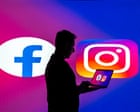





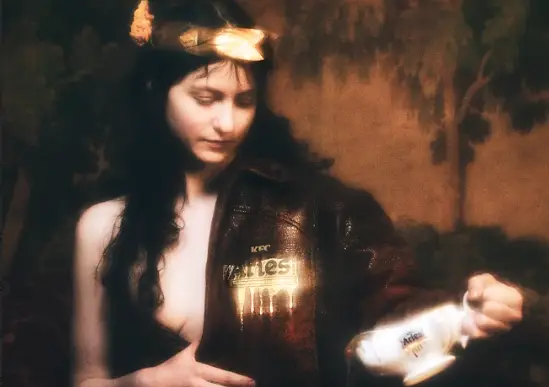

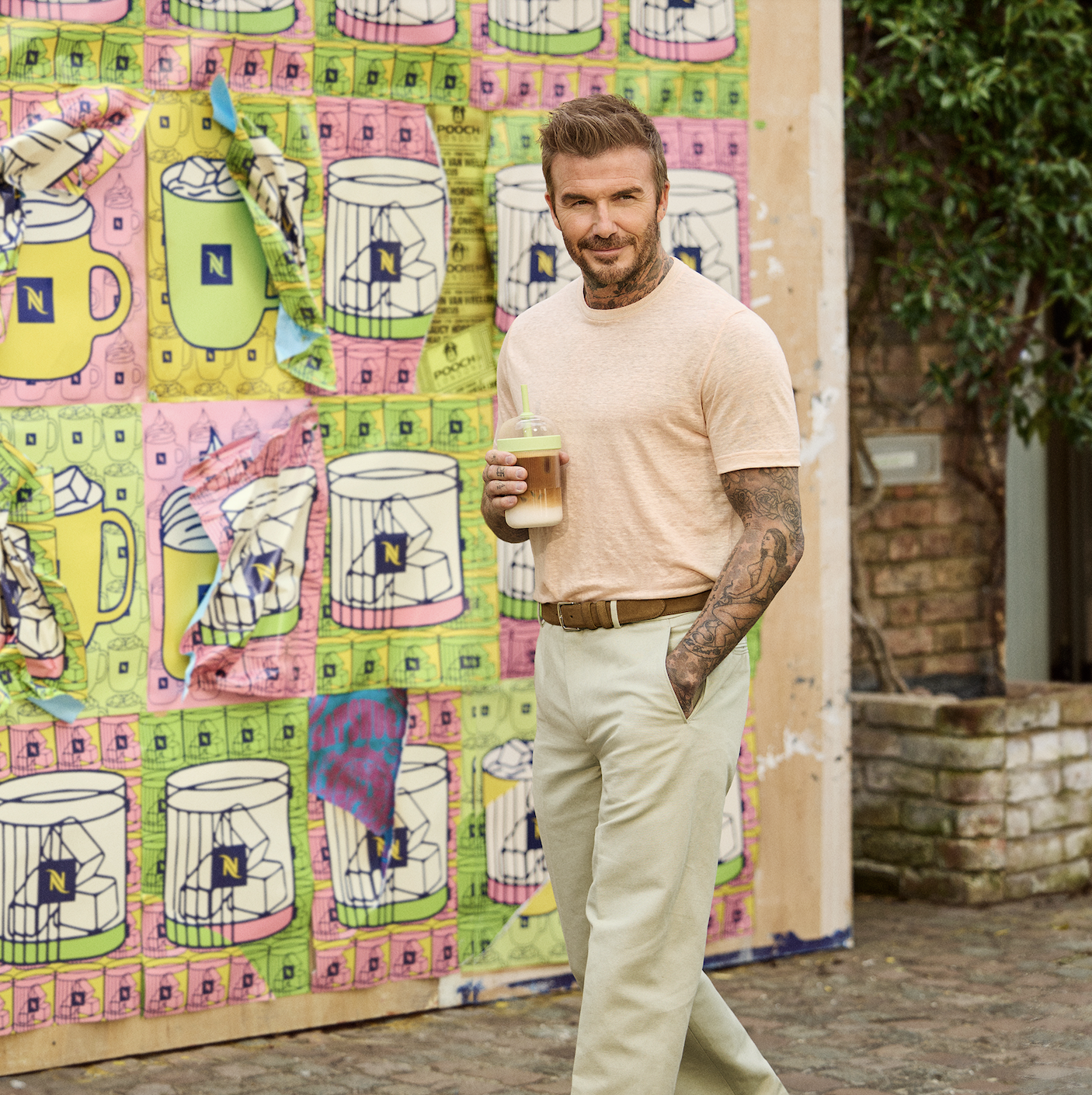



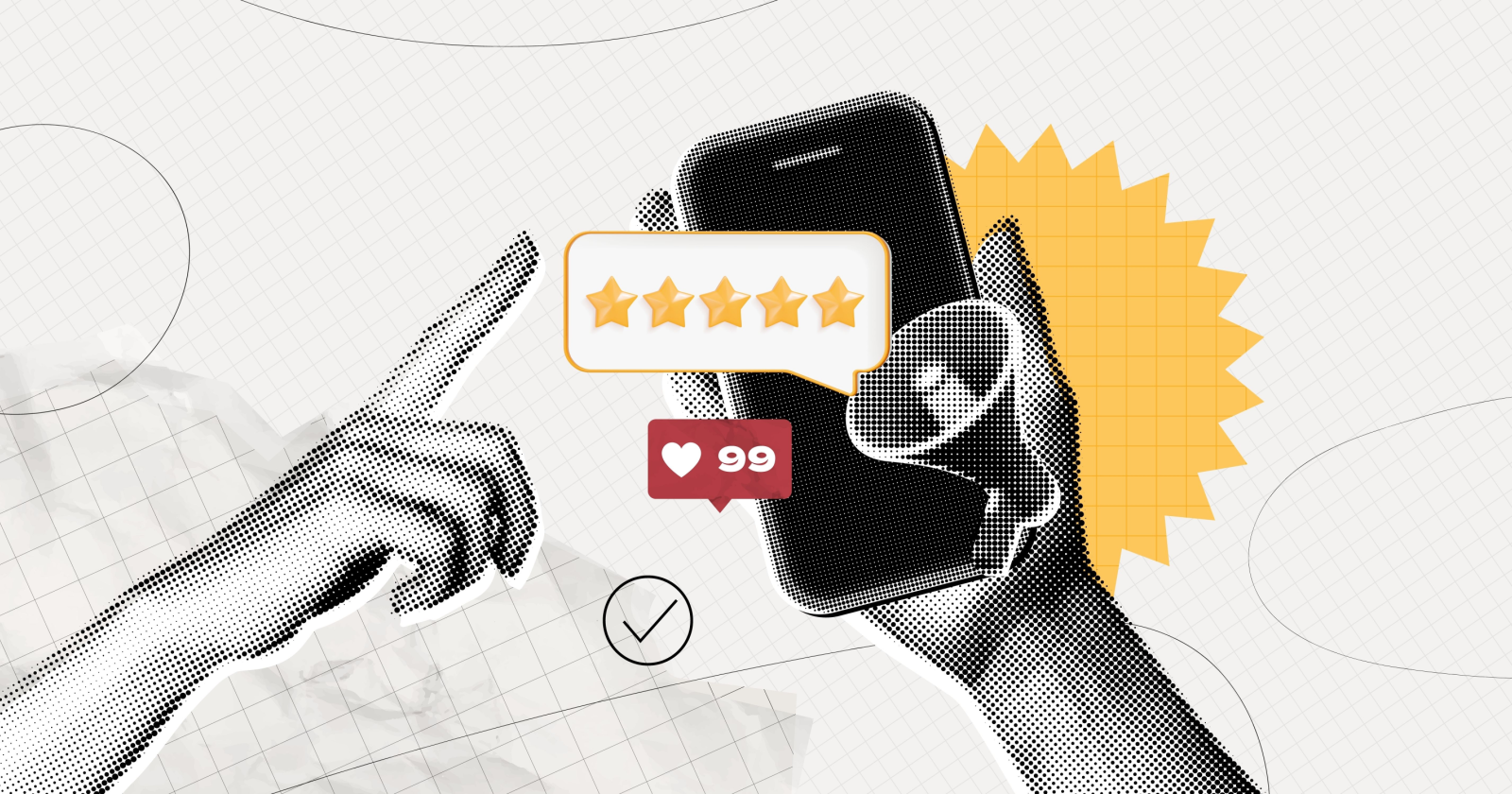
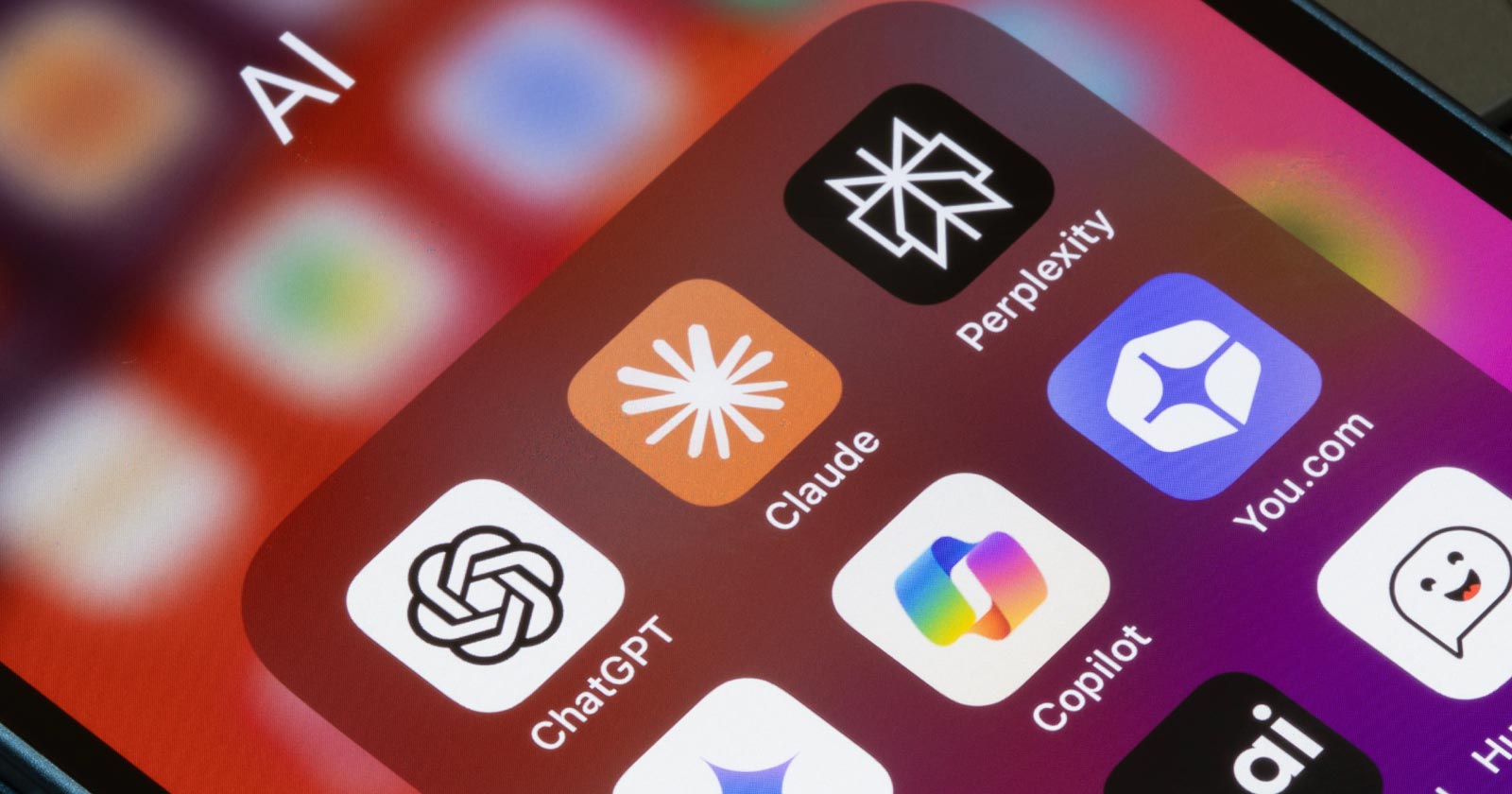




![How To Launch, Grow, and Scale a Community That Supports Your Brand [MozCon 2025 Speaker Series]](https://moz.com/images/blog/banners/Mozcon2025_SpeakerBlogHeader_1180x400_Areej-abuali_London.png?auto=compress,format&fit=crop&dm=1747732165&s=beb7825c980a8c74f9a756ec91c8d68b#)
![Clicks Don’t Pay the Bills: Use This Audit Framework To Prove Content Revenue [Mozcon 2025 Speaker Series]](https://moz.com/images/blog/banners/Mozcon2025_SpeakerBlogHeader_1180x400_Hellen_London.png?auto=compress,format&fit=crop&dm=1747758249&s=9f3c5b1b7421f862beace1cb513053bb#)
![How To Create an Integrated Strategy That Increases Brand Mentions and Visibility [Mozcon 2025 Speaker Series]](https://moz.com/images/blog/banners/Mozcon2025_SpeakerBlogHeader_1180x400_JamesH_London.png?auto=compress,format&fit=crop&dm=1747780409&s=9bf9f0a2623b4a8be6eaf8f235115505#)
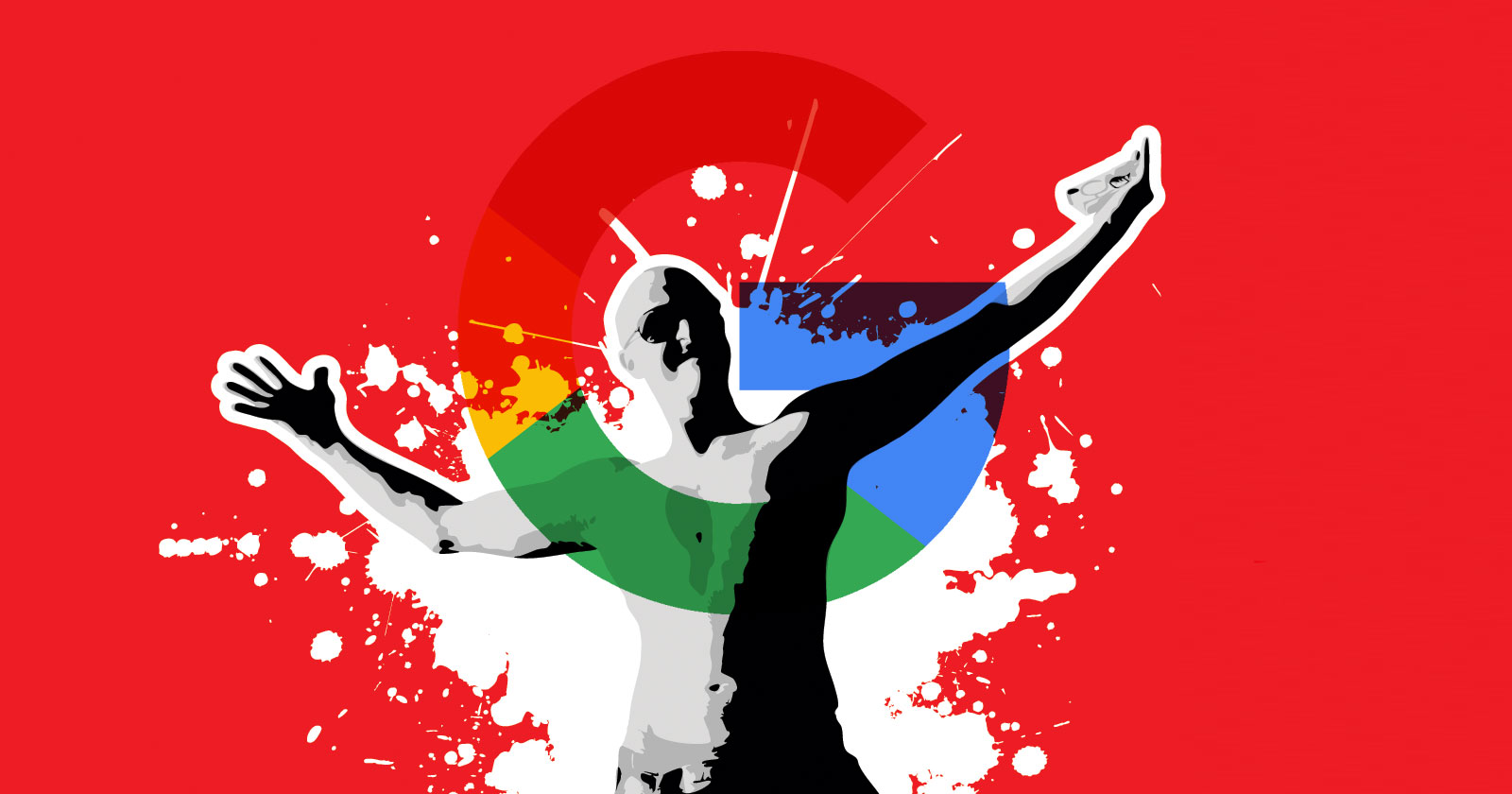
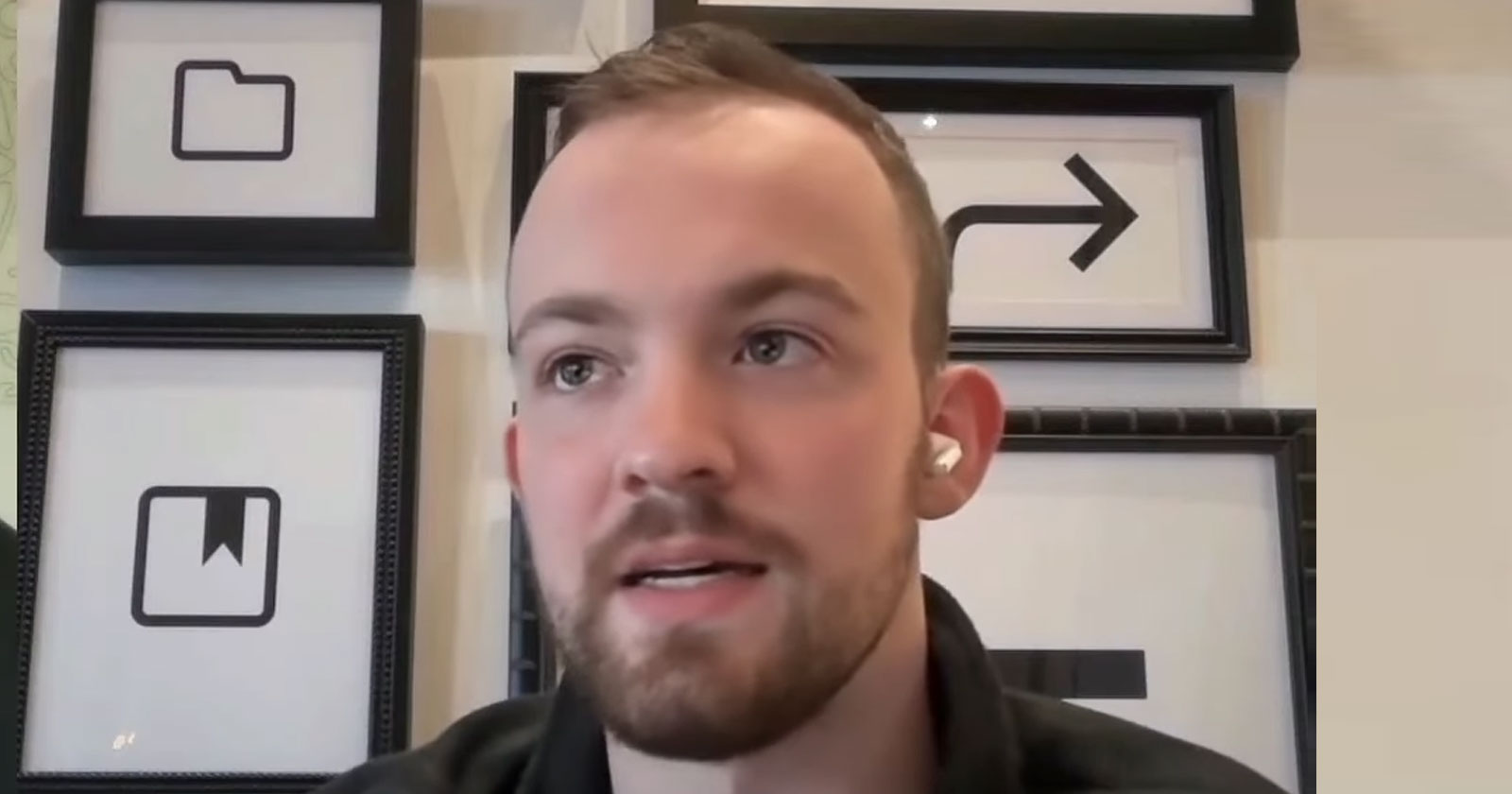







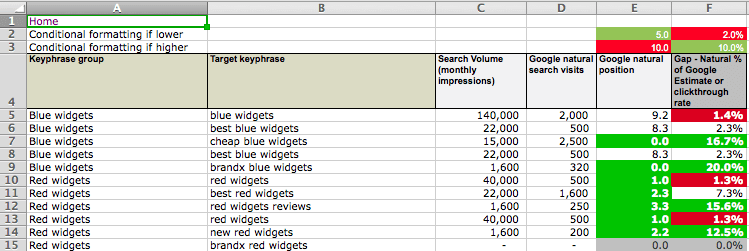
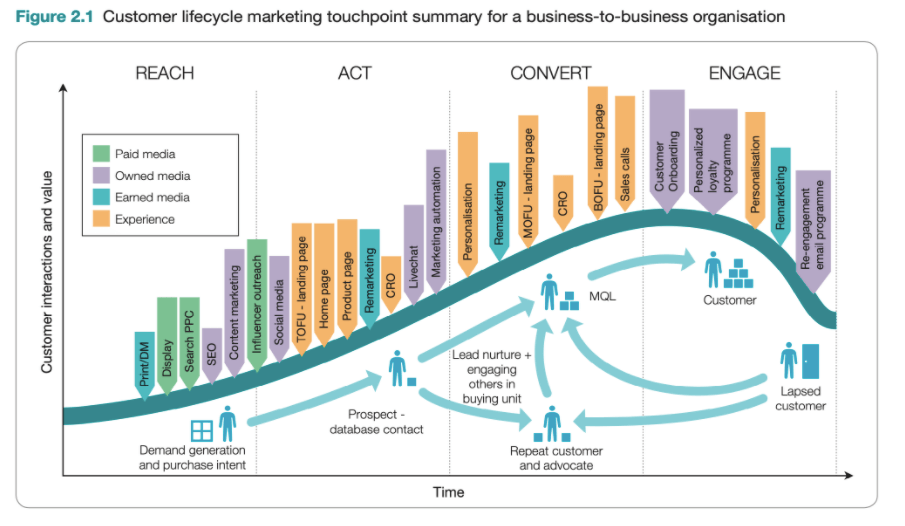










![The 11 Best Landing Page Builder Software Tools [2025]](https://www.growthmarketingpro.com/wp-content/uploads/2024/04/best-landing-page-software-hero-image-1024x618.png?#)

































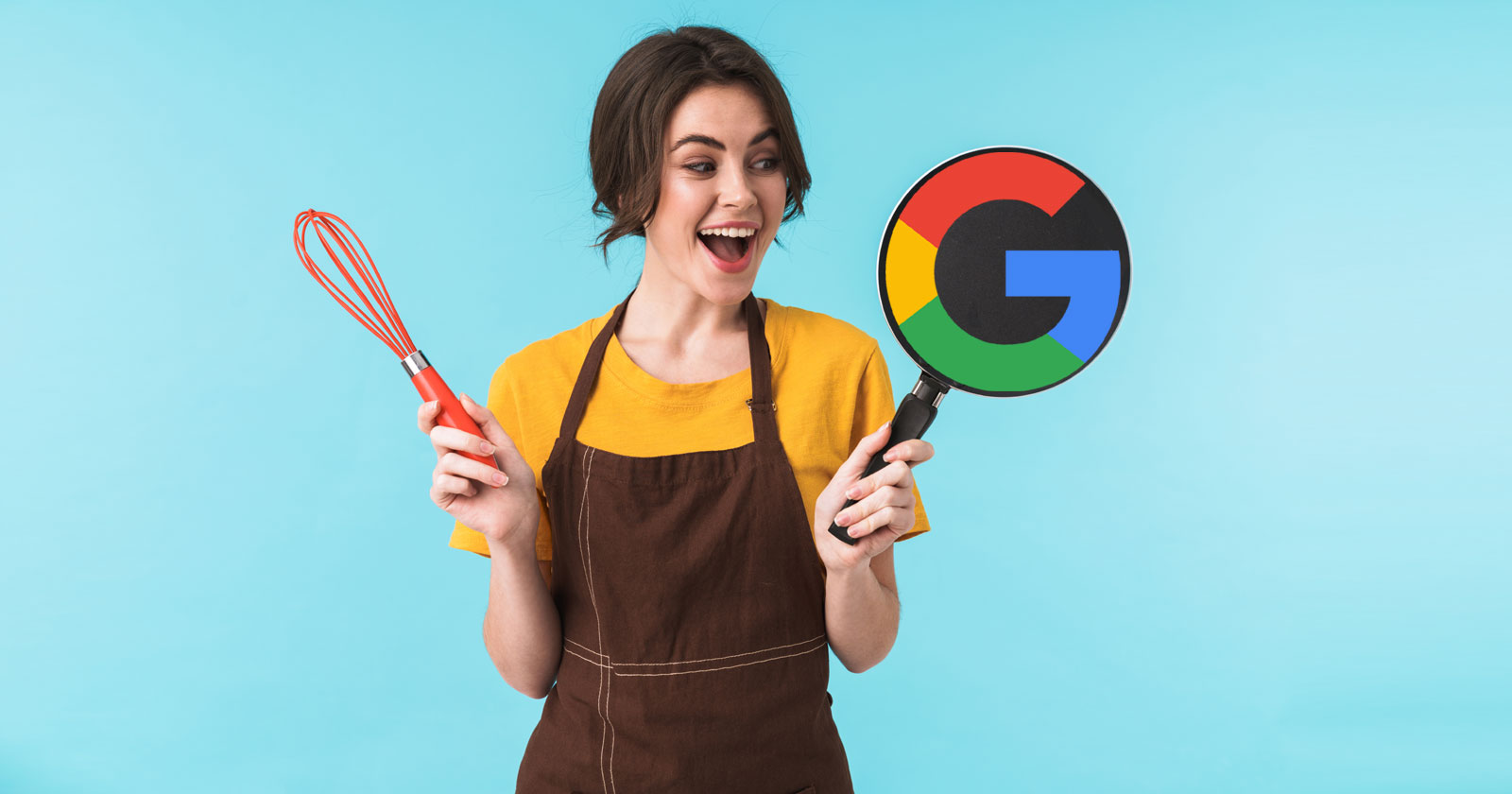








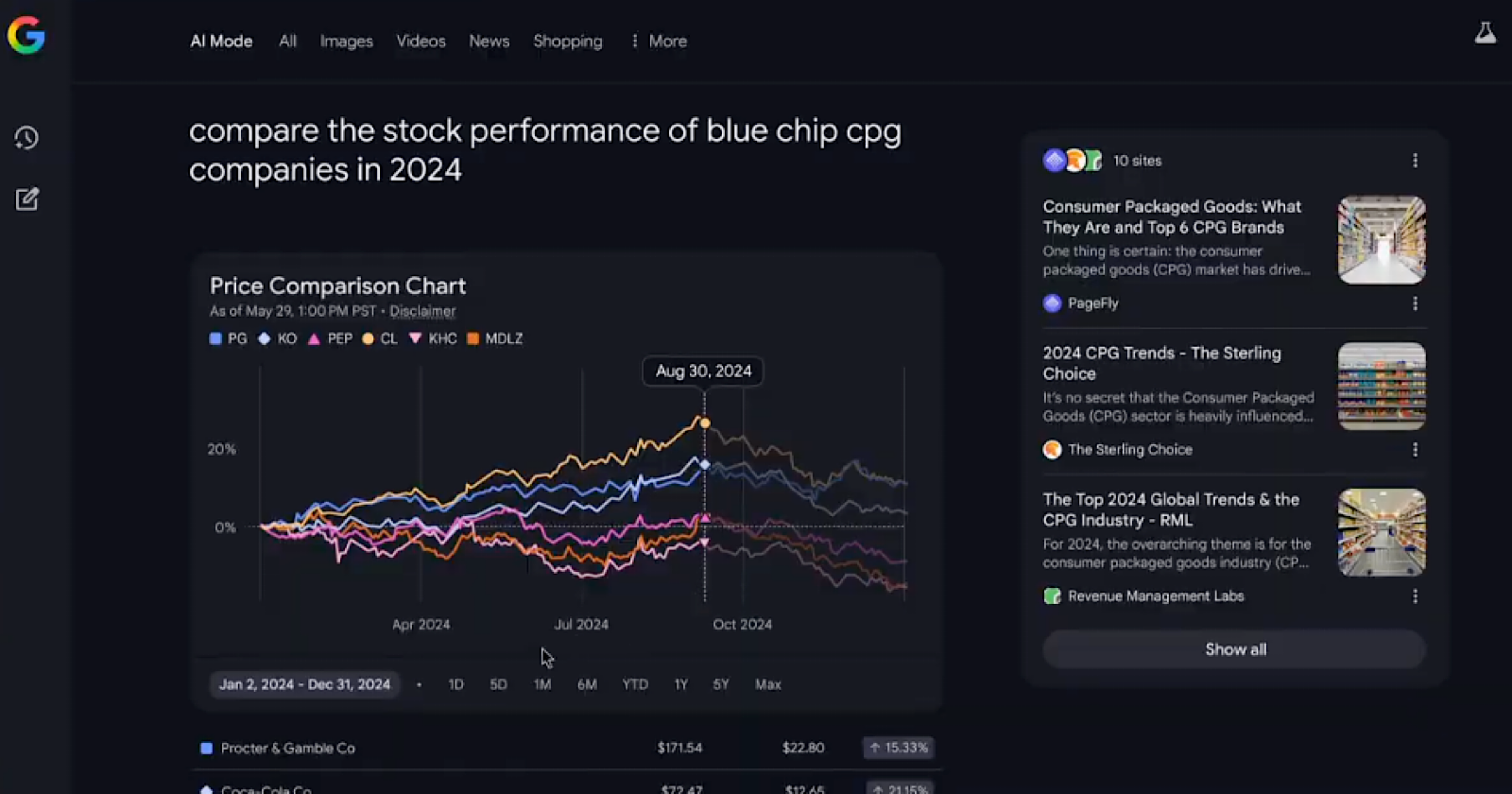
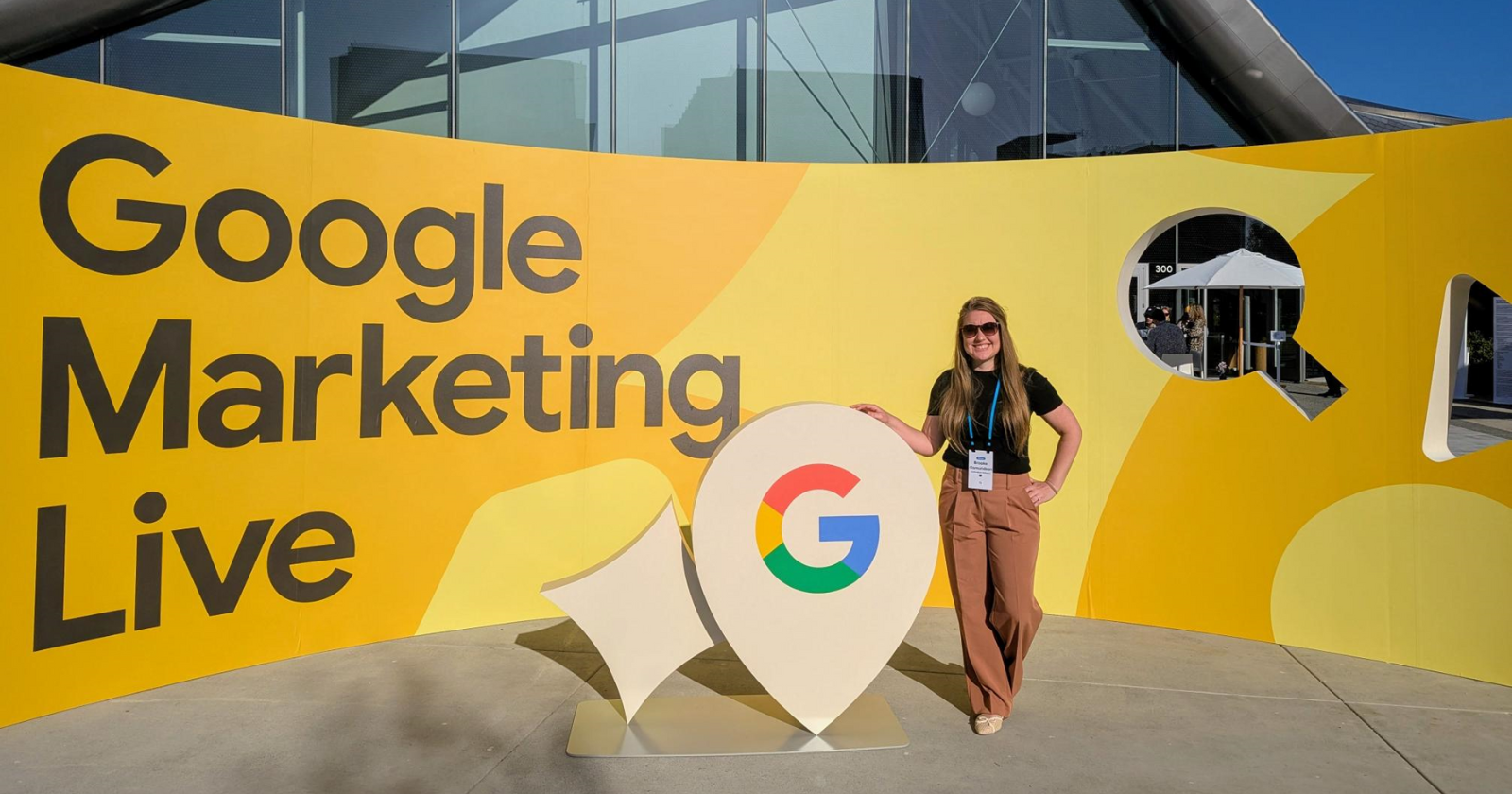





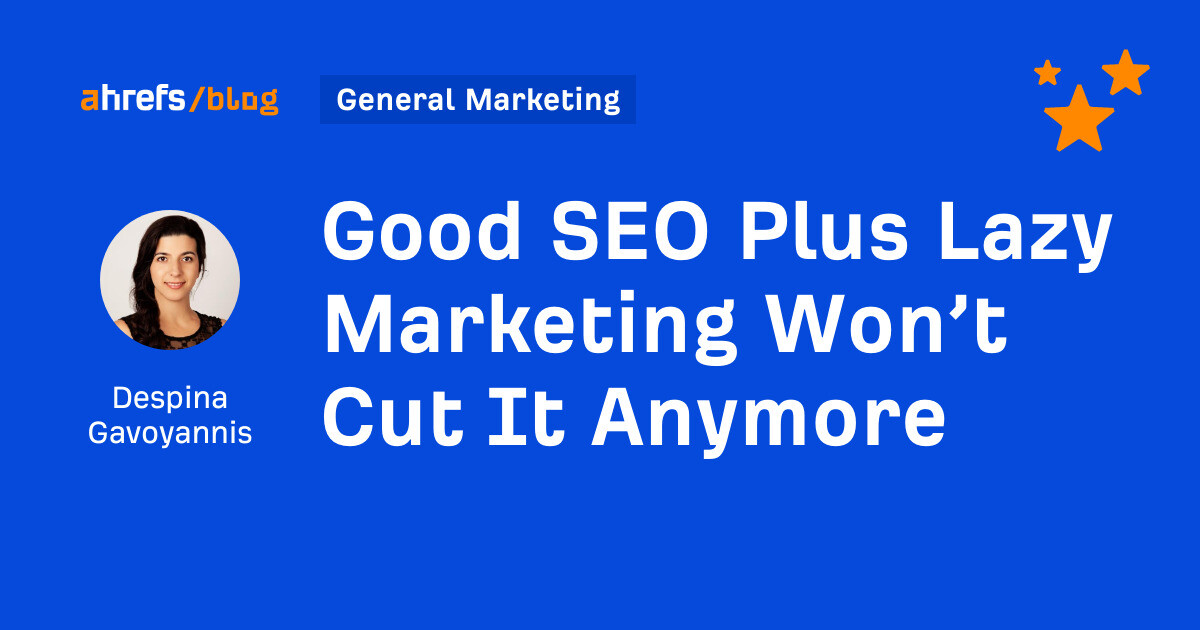
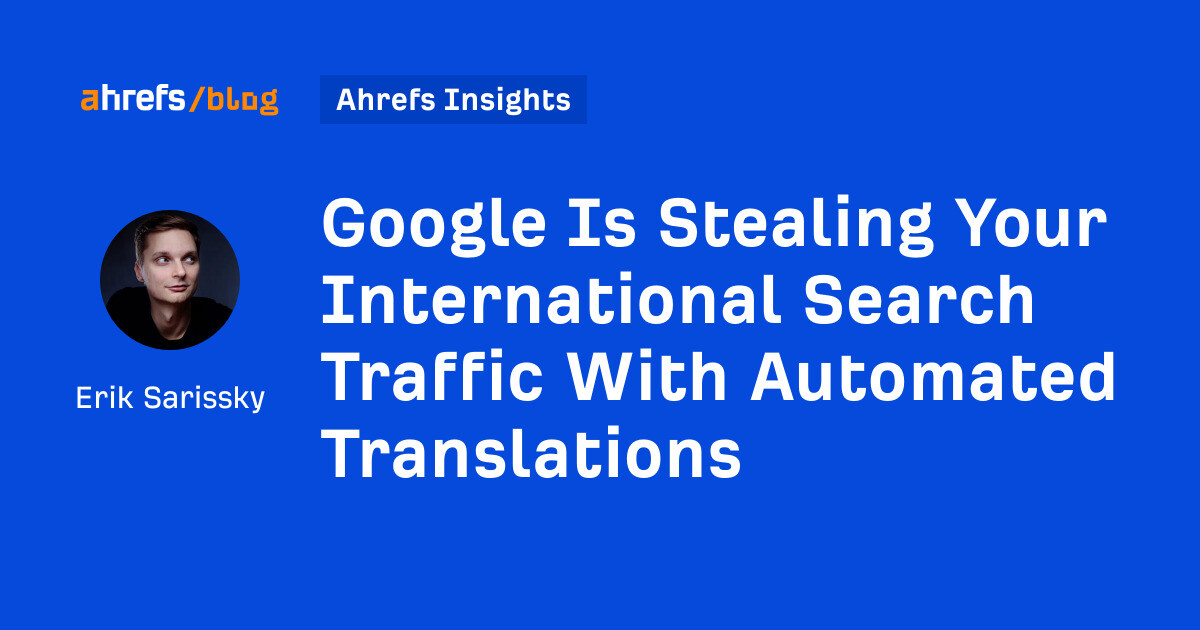
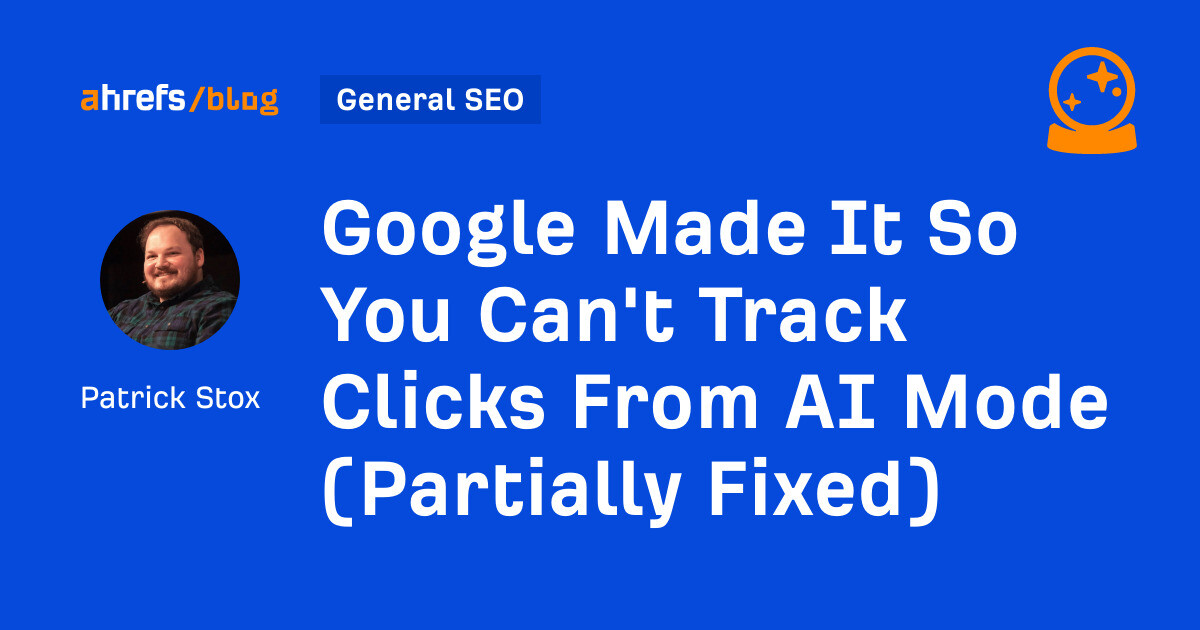

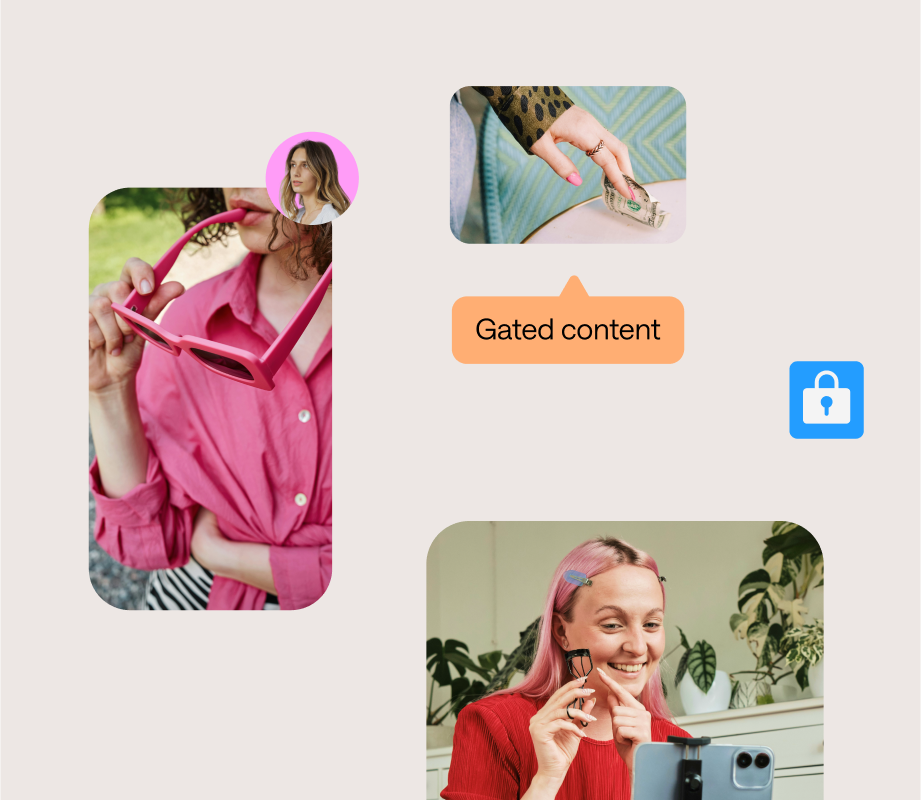
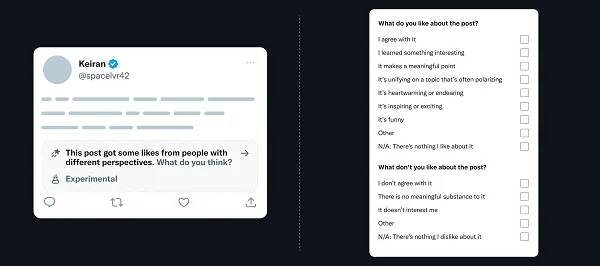
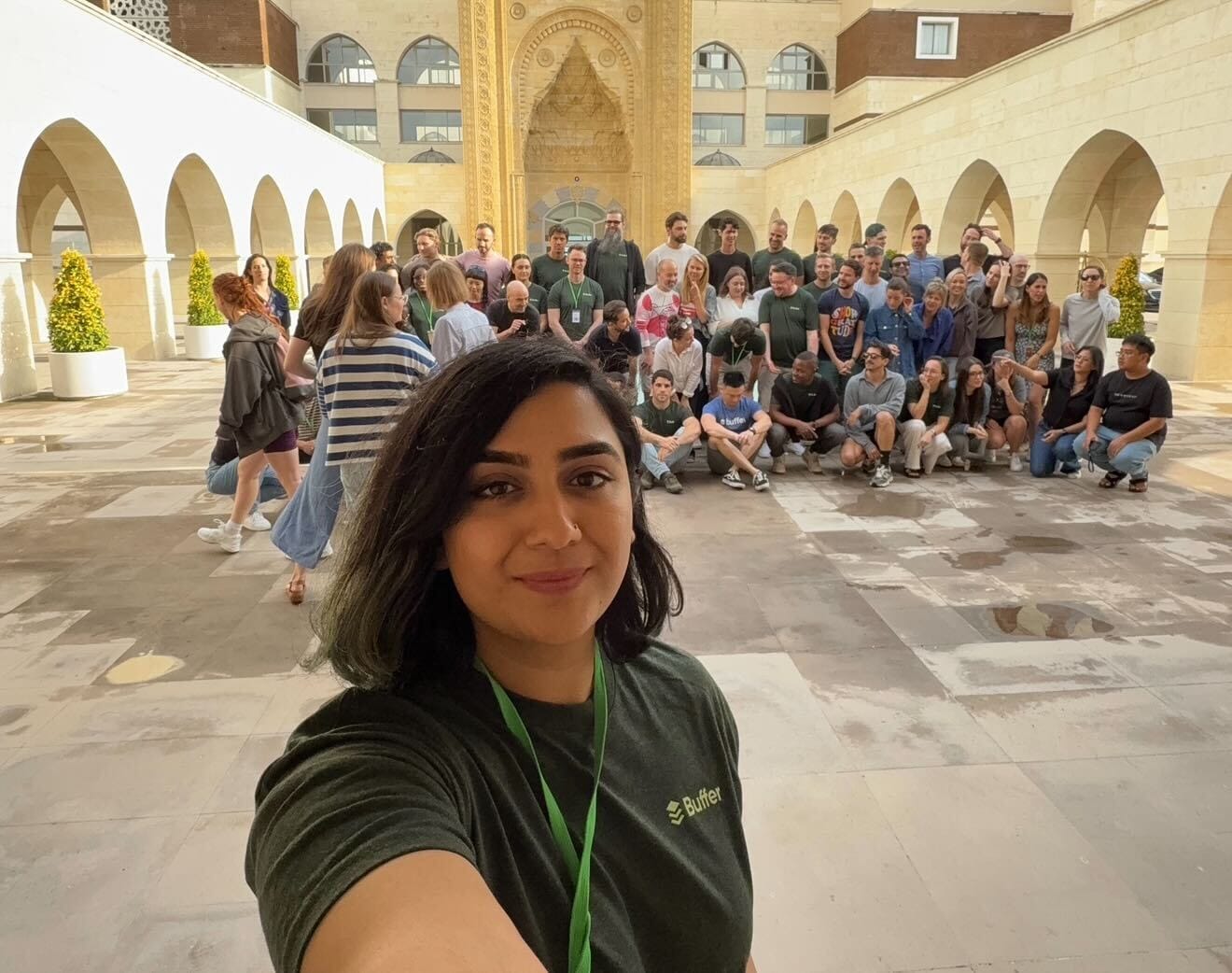


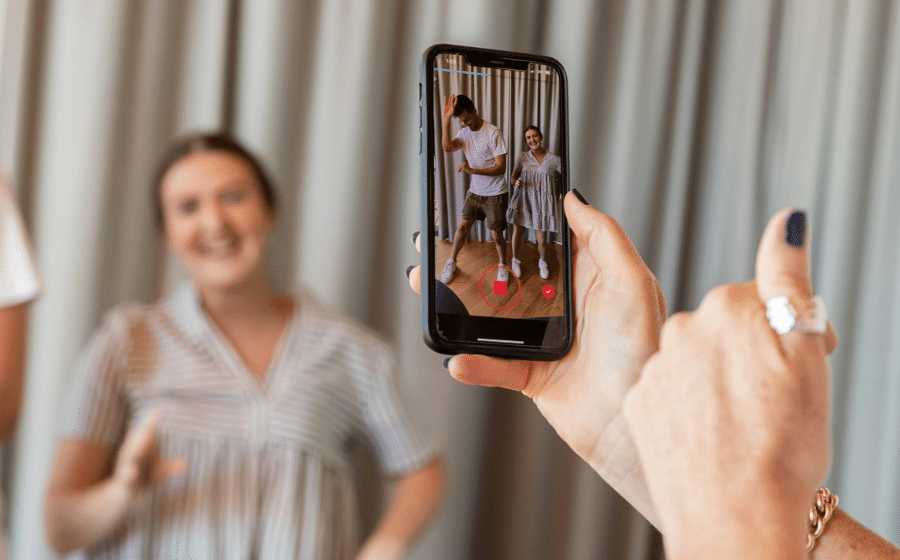






![Social media image sizes for all networks [June 2025]](https://blog.hootsuite.com/wp-content/uploads/2023/01/Social-Media-Image-Sizes-2023.png)


![41 Instagram features, hacks, & tips everyone should know about [new data]](https://www.hubspot.com/hubfs/Instagram-hacks-1-20240916-2633447.webp)


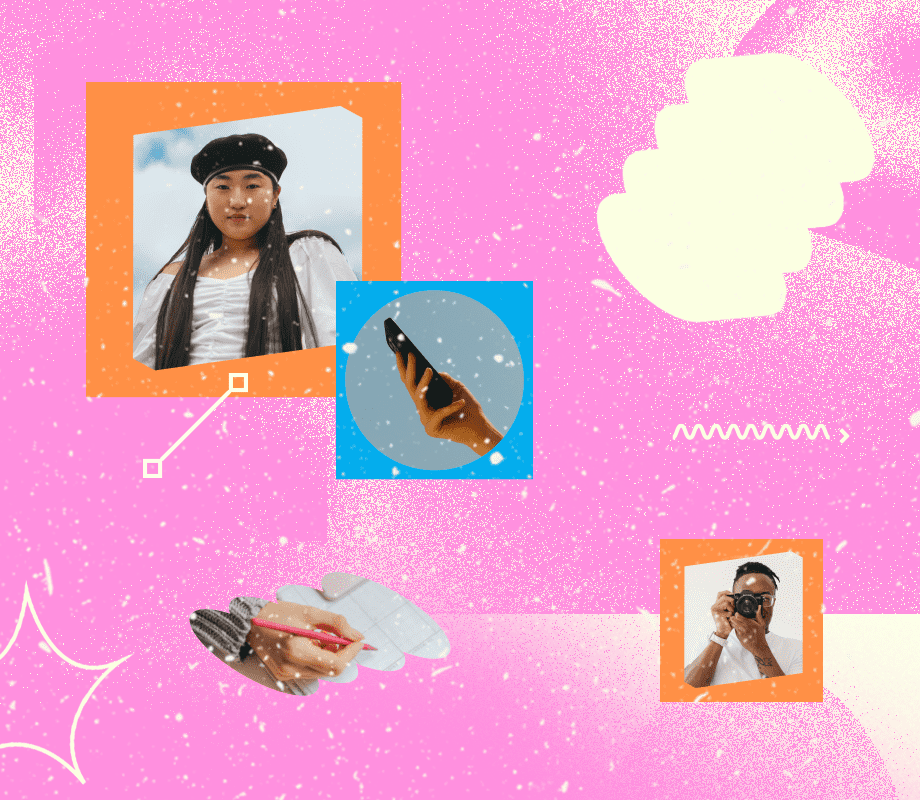
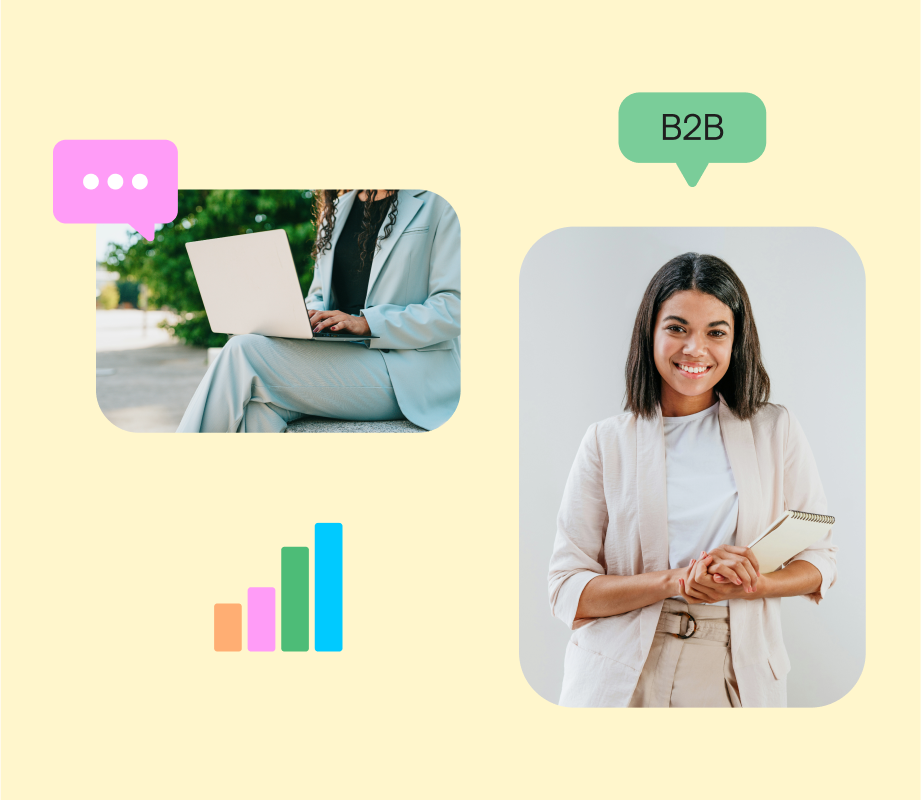
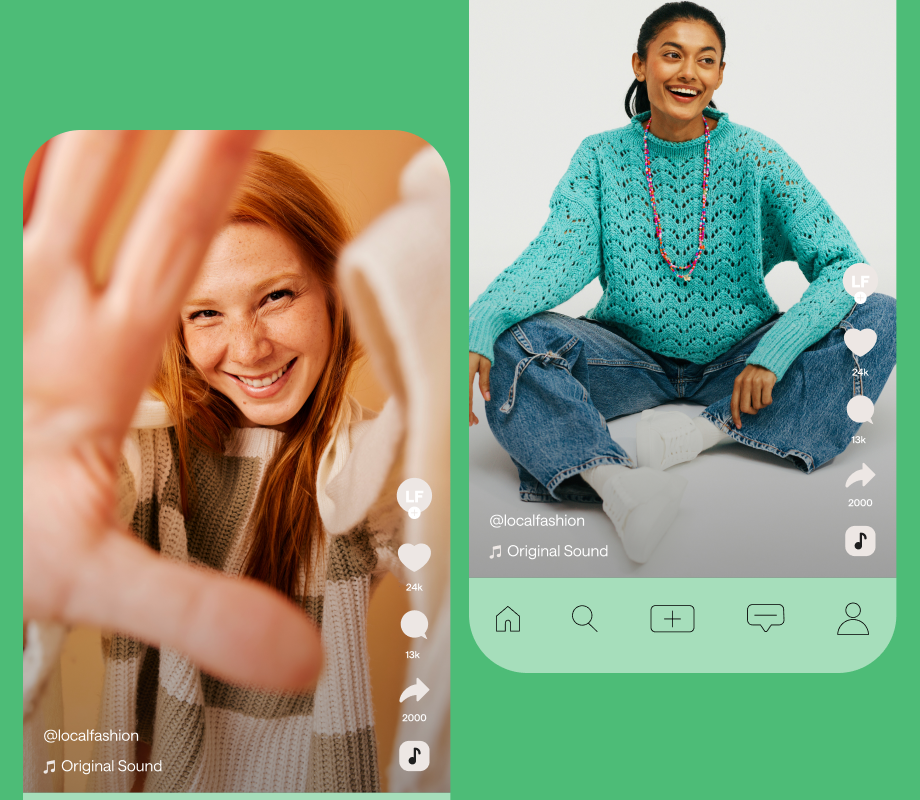
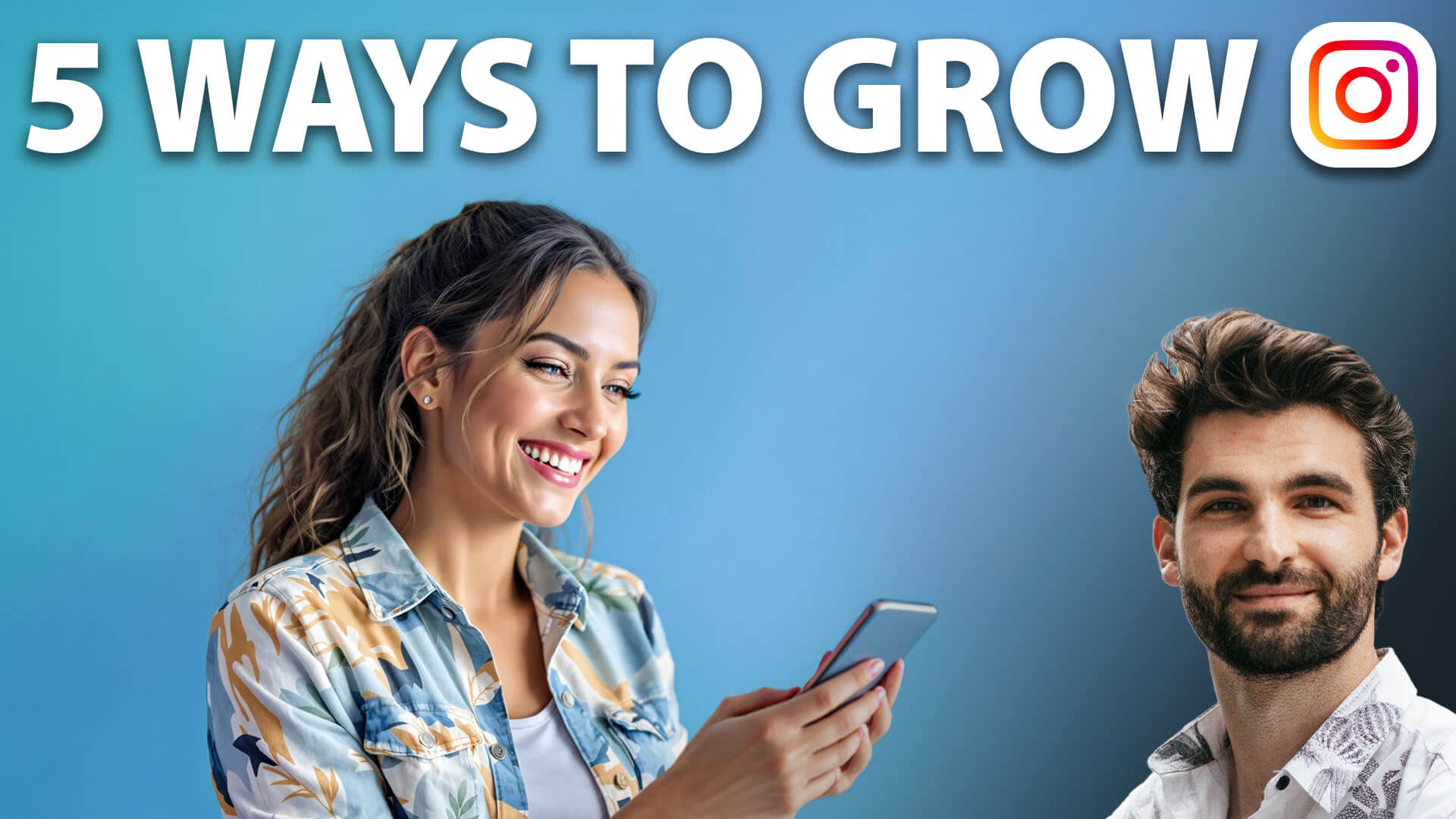

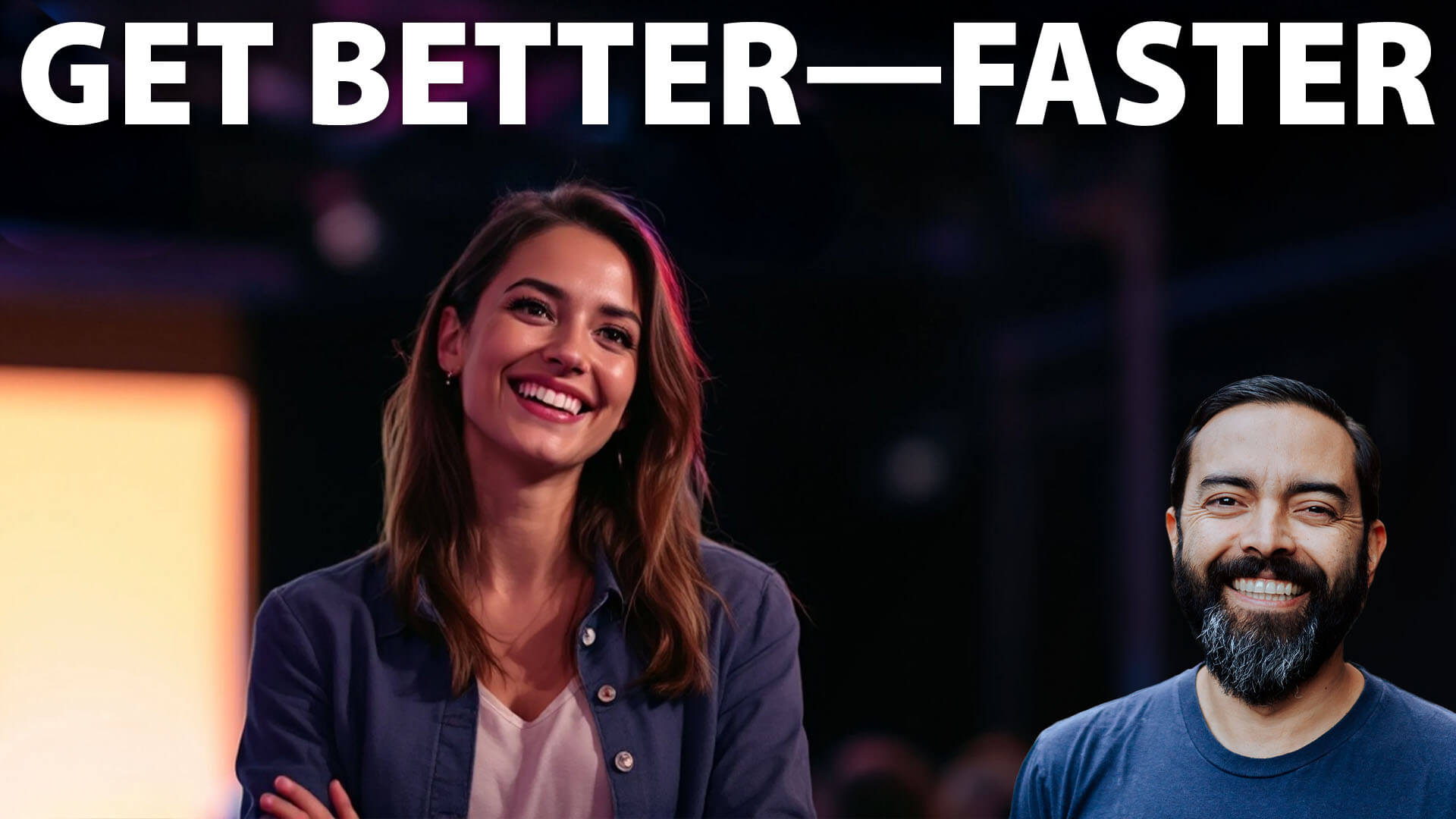





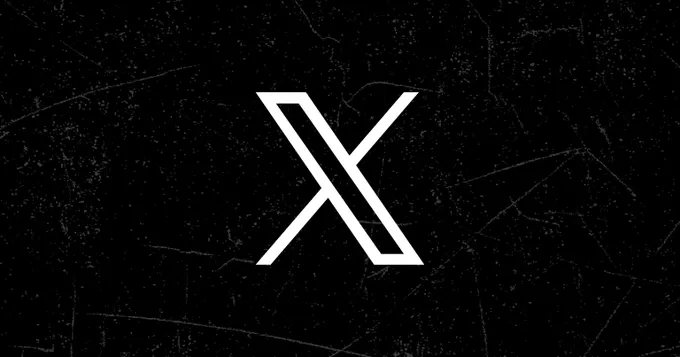
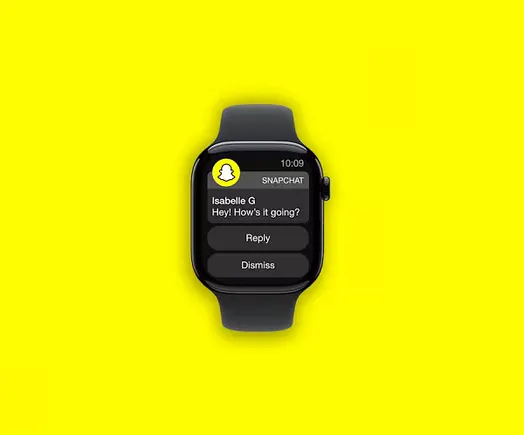
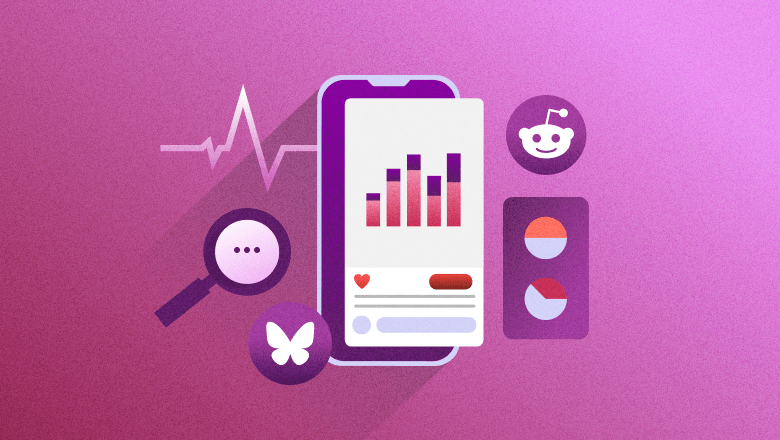





![The most effective types of content on social media in 2025 [new data]](https://www.hubspot.com/hubfs/Copy%20of%20Featured%20Image%20Template%20Backgrounds%20%2816%29.png)

